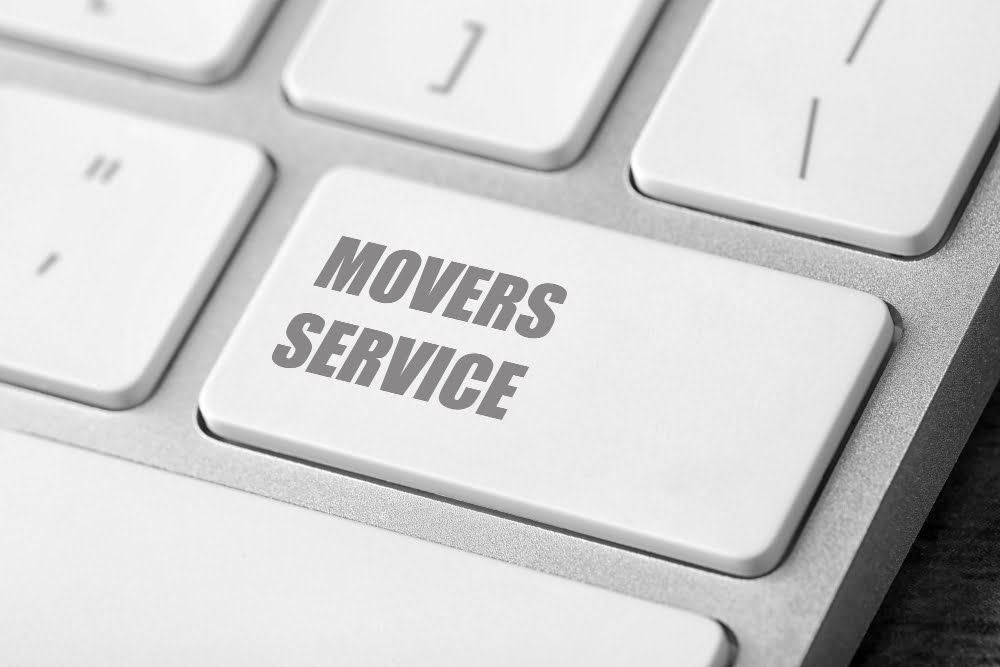Last updated on
Relocating to a new home is often a decision driven by various factors, with economic considerations, such as the cost of living, playing a pivotal role. Take, for instance, Wichita, KS, where the cost of living is 4% higher than the state average. This significant difference can be a deciding factor for many residents considering a move. In the face of such decisions, having a well-crafted moving plan is essential.
A strategic plan not only streamlines the moving process but also alleviates the stress and challenges associated with relocation. It’s about orchestrating a myriad of details into a harmonious sequence, ensuring every aspect of the move is managed efficiently.
This guide delves into six critical tips for creating the perfect moving plan, addressing key steps from choosing the right moving company to effective packing strategies and setting the foundation for a smooth and successful transition to your new home.
Creating a Detailed Timeline

A well-defined timeline is the blueprint of your moving process. Begin by setting a moving date and then work backward, planning each stage of the move. Your timeline should ideally start several weeks, if not months, before the moving day. It allows ample time to sort, pack, and address any unforeseen issues that may arise.
Include key milestones in your timeline, such as finalizing your moving company booking, decluttering your home, starting to pack non-essential items, and setting up utilities in your new home. Allocating specific weeks or days to each task helps keep the process manageable and on track.
Choosing the Right Moving Company

The cornerstone of a successful move is selecting a reliable moving company. For residents in Wichita, this means finding Wichita movers who are not only trustworthy but also align with your specific moving needs. Start by conducting thorough research – read reviews, ask for recommendations, and compare quotes from different companies.
Look for movers with a strong track record of reliability and customer satisfaction. Ensure they are licensed and insured, providing an extra layer of security for your belongings. Don’t hesitate to ask questions about their experience, particularly with moves similar to yours. Understanding their policies on handling delicate items, their scheduling flexibility, and cancellation policies is also crucial.
Inventory and Decluttering

Before packing a single box, take the time to inventory your belongings and declutter. This step not only simplifies the moving process but can also make it more cost-effective, as moving fewer items may reduce costs.
Go through each room and categorize items into what you’ll keep, sell, donate, or discard. Be realistic and practical about what you need and use. It’s also an excellent opportunity to let go of things you’ve been holding onto unnecessarily.
Selling items through garage sales or online platforms can provide extra funds for moving expenses while donating items can be a way to contribute to your community. Efficient decluttering leads to fewer items to pack, less time spent packing, and potentially lower moving costs – all contributing to a more streamlined move.
Strategic Packing

Packing is arguably the most labor-intensive aspect of moving. However, with a strategic approach, it can be made much more manageable. First, gather all necessary packing supplies, including various sizes of boxes, packing tape, bubble wrap, and markers for labeling. Investing in high-quality materials can protect your belongings and simplify the unpacking process.
Start packing well in advance of your moving date, beginning with items you use infrequently. As you pack each box, label it clearly with the room it’s destined for in your new home. This tip will save you a considerable amount of time when unpacking and organizing your new space.
Be mindful of the weight of each box to ensure they are not too heavy to lift safely. Fragile items require special care – wrap them individually and use plenty of cushioning materials. Consider creating an essentials box containing items you’ll require upon arriving at your new home, like toiletries, a change of clothes, and basic kitchen items.
Address and Utility Changes
Contact your utility providers – electricity, water, gas, internet, and cable – at least two weeks before your move to schedule disconnection at your current address and connection at your new one. This ensures a seamless transition without any service interruptions.
It’s equally crucial to update your address. Inform your bank, credit card issuers, insurance companies, and any other pertinent entities about your new address. Don’t forget to update your address for magazine subscriptions, memberships, and online shopping accounts.
Preparing for Moving Day
The actual day of the move is often hectic, but with proper preparation, it can go smoothly. Confirm the moving details with your moving company a few days before. Ensure that all boxes are packed, labeled, and ready to go. Create a clear path for movers to easily access and transport your belongings, removing any obstacles that might hinder the process.
Assemble a kit for moving day that includes essential items such as snacks, water, a basic first aid kit, fundamental tools, and cleaning supplies. Additionally, if you have kids or pets, organize care for them during the move to keep them safe and lessen any stress.
Prior to the arrival of the moving team, conduct a thorough inspection of your house to confirm that nothing is overlooked. Examine every room, closet, and storage space meticulously. After all your belongings are loaded, perform a final review to verify that all utilities are turned off, and the house is securely locked.
The Takeaway
Creating the perfect moving plan involves careful planning and execution. From choosing the right moving company to strategic packing and preparing for the big day, each step plays a critical role in ensuring a smooth transition to your new home.
By following these six tips, you can minimize the stress and challenges associated with moving, allowing you to focus on the excitement of starting a new chapter in your life. Approach your move with confidence, knowing that with the right plan in place, you’re well-equipped for a successful relocation.
Recap:



